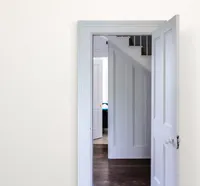How to brighten a dark room – 10 tried and trusted tricks for lighter, brighter spaces
Learn how to brighten a dark room with top tips designers, from choosing the right colors to making natural light work harder


How do you lighten a dark room? It's an interior design question that puzzles homeowners and designers alike.
You're likely going to have at least one room in the house that doesn't get as much light as the others. Maybe it's a small living room, or a dark north-facing window.
Whatever the problem, solving this issue is all about thinking outside of the box. Lighting is one obvious way to light your dark room, but in fact, everything can work in the room's favor, from the color scheme you pick right the way down to the material you use in the space. These clever design ideas will help to make sure the space doesn't become dark and claustrophobic.
How do you brighten a dark room?
First thing's first, consider which orientation your room is and where it is facing. The best orientation that fills the space with light is south-facing, where you'll get light streaming in throughout the day. If your room is east-facing, you're likely to get morning light, and west-facing is the room that receives a sunset glow and that coveted golden hour light.
North-facing rooms get the least light and if your room is north-facing, you're unlikely to have light pouring in at any point throughout the day. But fear not, there are plenty of things you can do to emphasize any natural light that creeps through the windows, and can help create an optical illusion of brightness and airiness through clever design.
Note that these orientations change where you are in the world, and in Australia, the north-facing room is the best in terms of natural light.
1. Using mirror in a clever way
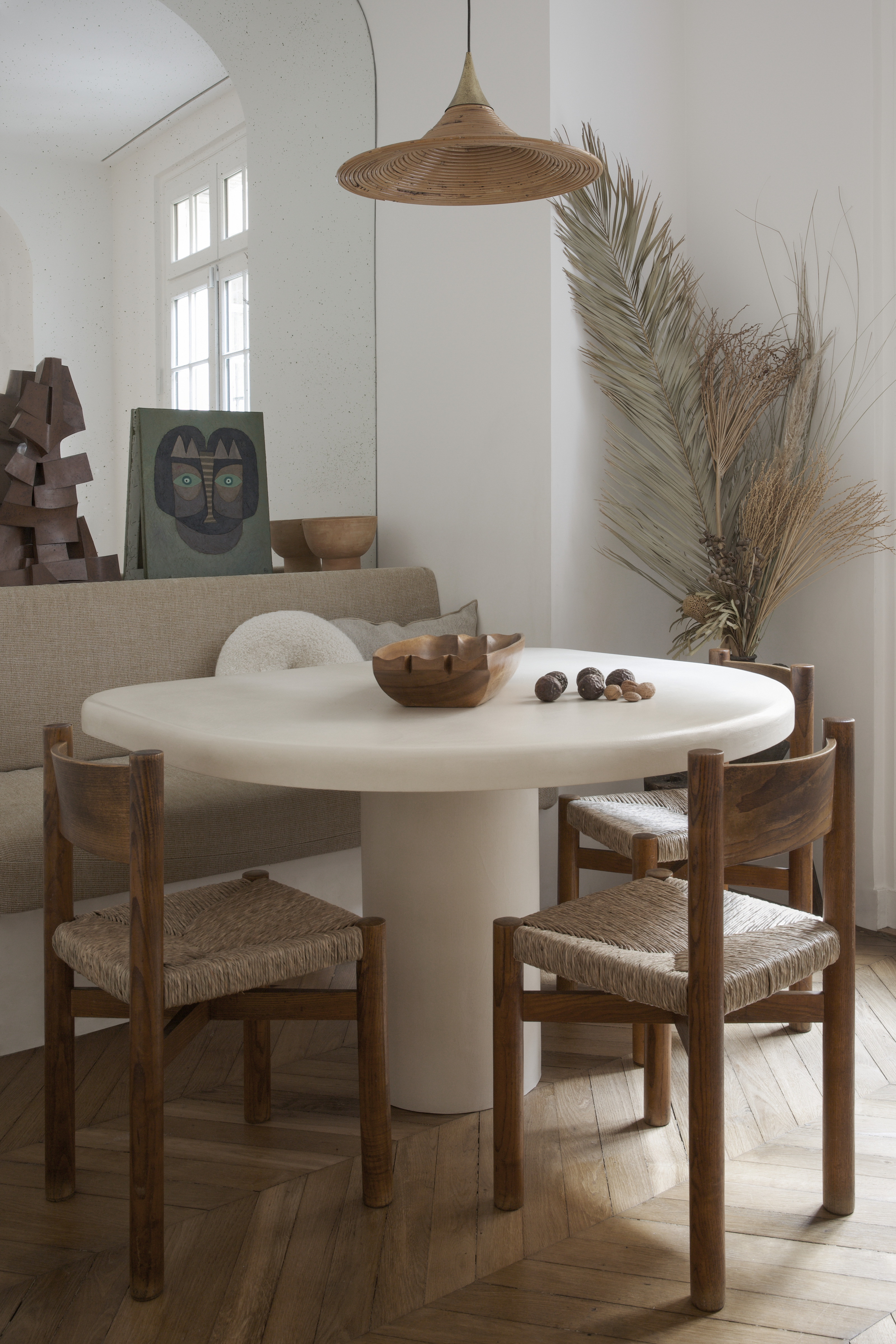
Using mirror in a clever way is a design trick to really help reflect any light that enters the room, and we don't just mean a framed mirror on the wall. Go big with your mirror and use it as a large wall piece, maximizing the space and encouraging light to bounce around the room, like this scheme is from designer Emmanuelle Simon, which makes for a beautiful and unique living room mirror idea.
The Livingetc newsletters are your inside source for what’s shaping interiors now - and what’s next. Discover trend forecasts, smart style ideas, and curated shopping inspiration that brings design to life. Subscribe today and stay ahead of the curve.
'Mirror is the best way to brighten a dark space, place mirror opposite areas where natural light does come in so it bounces around the room. Decorative mirrors are brilliant as a focal point, but for a dark space look at the idea of a full mirrored wall,' says Becky Russell of Kingston Laferty Design. 'This almost become invisible in the space but reflects the light brightening and giving the illusion of space. To use mirror in a smaller but integrated way, add mirror to the back of display shelving.'
When placing your mirror on the wall, you've also got to think tactically and place the mirror in the right location to make the space feel sunnier and creates this idea of space.
2. Create a window which projects sunlight
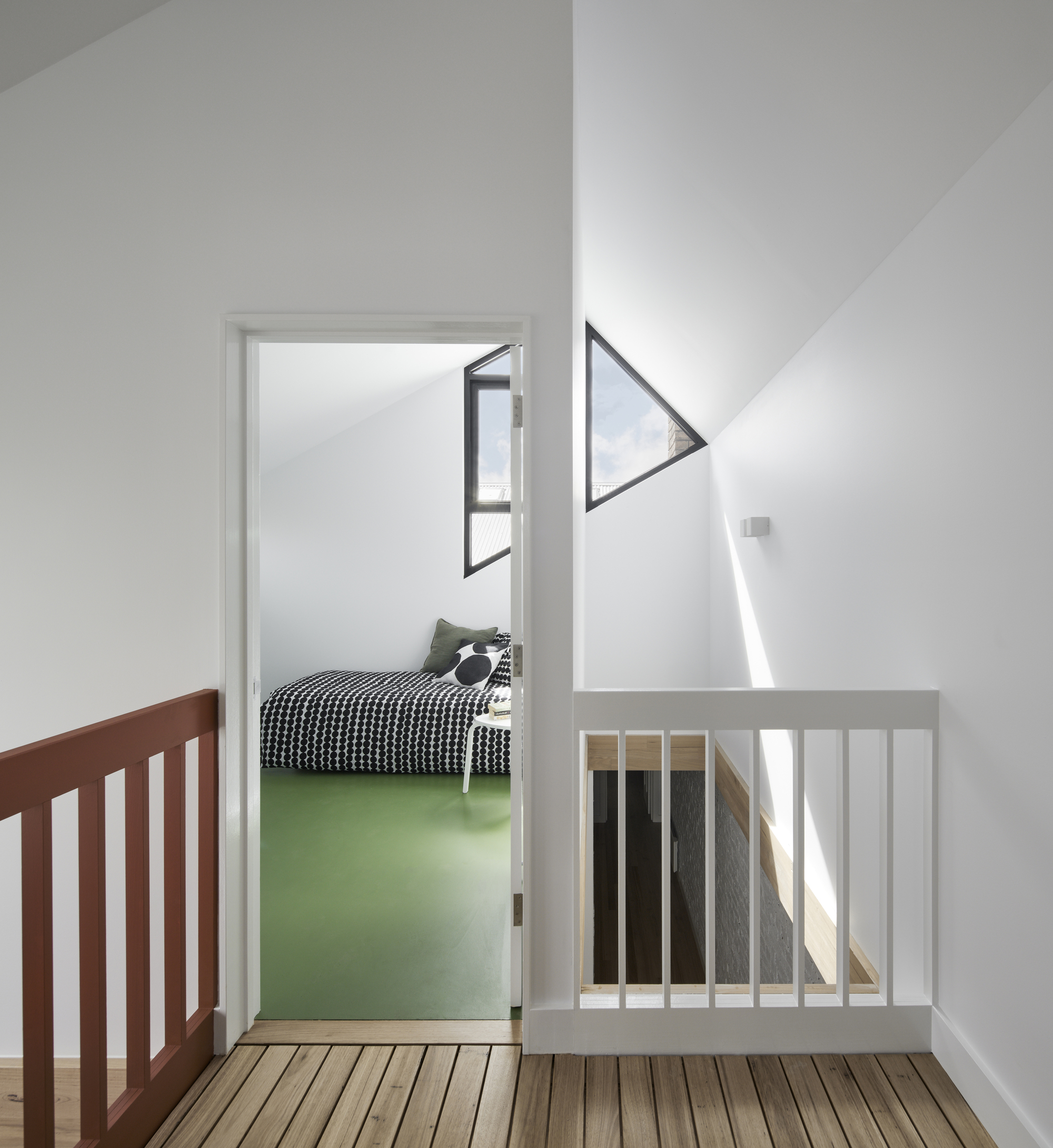
Think cleverly about where the sun comes from, and where it will project. 'Adding windows or skylights to a space is the logical way to bring in more natural light or opening up walls to borrow light from adjacent spaces that are well lit,’ says interior designer, Sashya Thind, who has cleverly used a window to help a small bedroom feel bigger. ‘We are not afraid of a bit of demolition to dramatically improve the space.’
Creating a window that maximizes this is the best way to ensure you get natural light for longer. 'This original heritage house in Melbourne grew increasingly smaller, darker and lower as you traveled through the spaces,' says Sandi Kuzman of Kuzman Architecture. 'A triangular gap between old and new rooflines provided an opportunity to allow northern light to penetrate the lower floor living spaces, with light flowing into the lower floors via a light void.'
This aperture acts as a sundial projecting a triangular beam of light across the walls throughout the day, while making a small bedroom feel bigger.
3. Use light natural materials to reflect the light
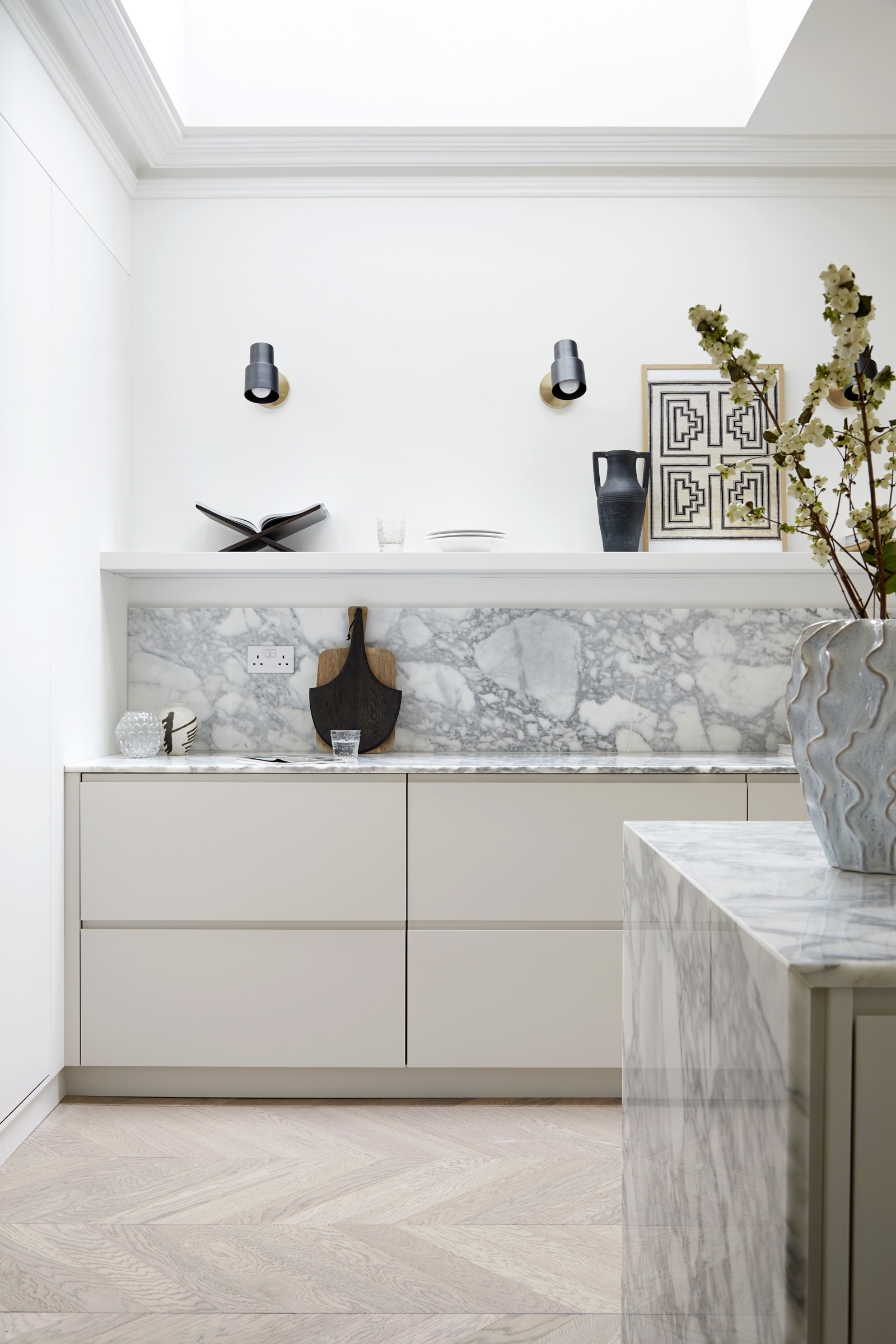
Using natural materials that are bright and light in color is another creative way to brighten a room, as seen in this modern kitchen.
Think a light-stained oak wood floor, or gleaming marble counters. Both are long-lasting materials that will trick the eye into thinking the space is full of light, and are a long-term solution to an ongoing problem as they will both withstand the test of time.
This space is designed by Natasha Jones, who has used marble and wood beautifully to ensure this kitchen is light-filled.
4. Try a brightly colored floor

When brightening a dark room, another trick you can do is to use the flooring to brighten the space. Light wood in the kitchen is one way, or perhaps a brightly colored living room rug will do the trick, but beautiful light-colored tiles can also really create impact and add sunshine to the space. Here, design house Sierrea + de la Higuere was inspired by other cultures in the home, and enlisted the help of brightly colored tiles to add brightness to the space.
'The entrance hall was designed with a wooden box separating two zones: the kitchen-dining room, inspired by Mexico, and the terraces and living room, inspired by Singapore,' says Inés Sierra of the design studio. 'The latter was designed with tile in a very linear yellow and white surface which pops, even more, when the sunlight hits it,' she says.
5. Using the color white
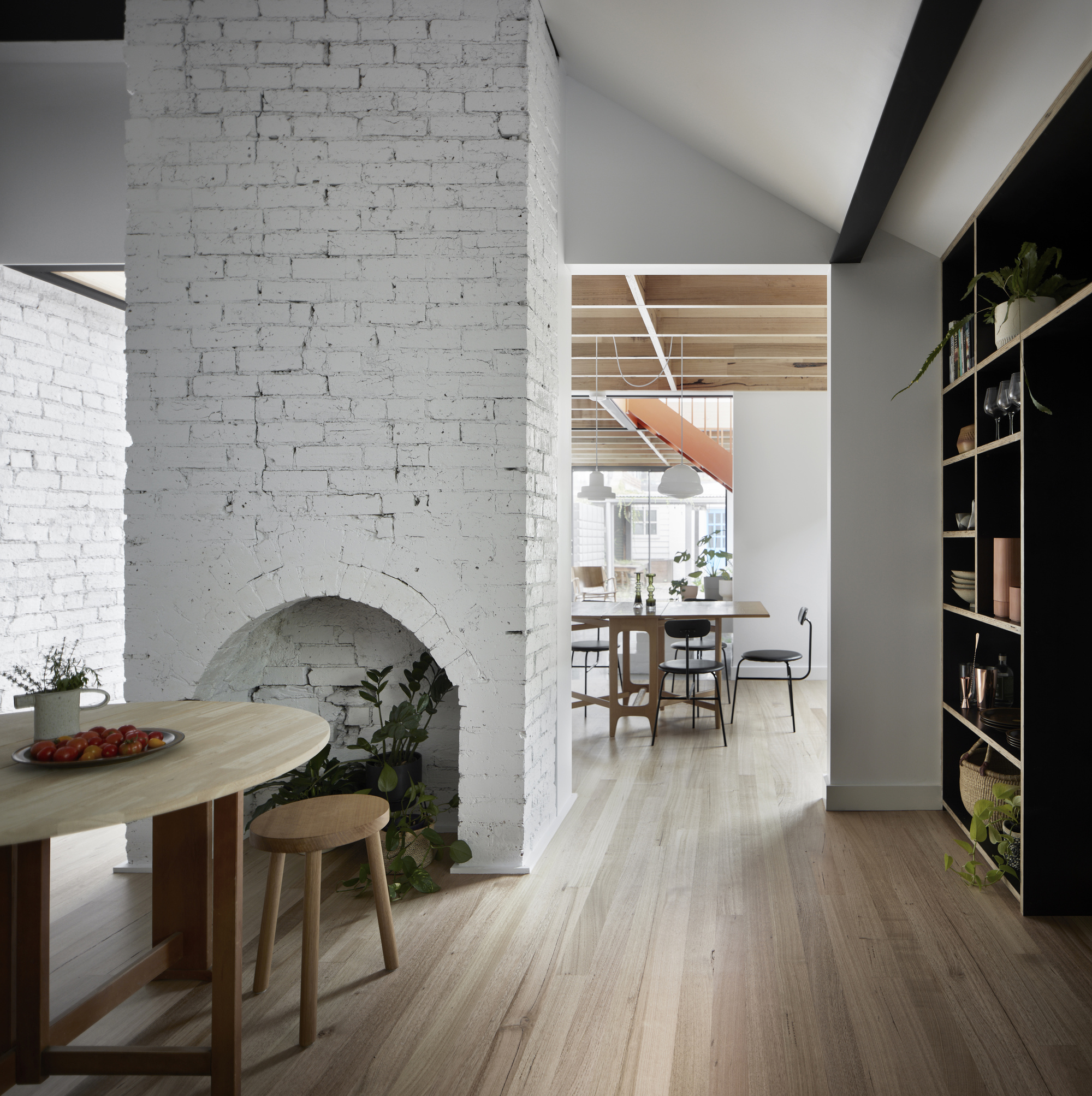
White paint can be your best friend when designing a dark, inclosed space. It naturally helps reflect the light and can create quite an impact in all its hues, from stark white to a more pinkish tone. This design by Kuzman Architecture has used white on both the walls and ceiling, and have painted over exposed brickwork in white to further lighten the space.
'Color was extremely important in the creation of light, space and texture in this project,' says Sandi Kuzman. 'Dulux 'White on White' was chosen for every surface; allowing light to bounce between spaces and highlighting textures between old and new.
'What was once a dark damp house is now filled with light, color, and moments. An abundance of natural light refracting off the all-white interiors creates a sense of the ethereal hidden amongst the urban grain.'
As well as white, think about using light colors that don't have cool undertones. In a north-facing room, any light that does come in will appear dark and cooling, emphasizing the darkness even further. Pinks, light yellows are great for adding that warmth and fooling the eye into thinking it is a south-facing space.
If you're looking for a stark white, this white contains no other pigment except for white, creating a brilliant and stark white that will help bounce white around the room.
6. Supplement natural light with layered lighting
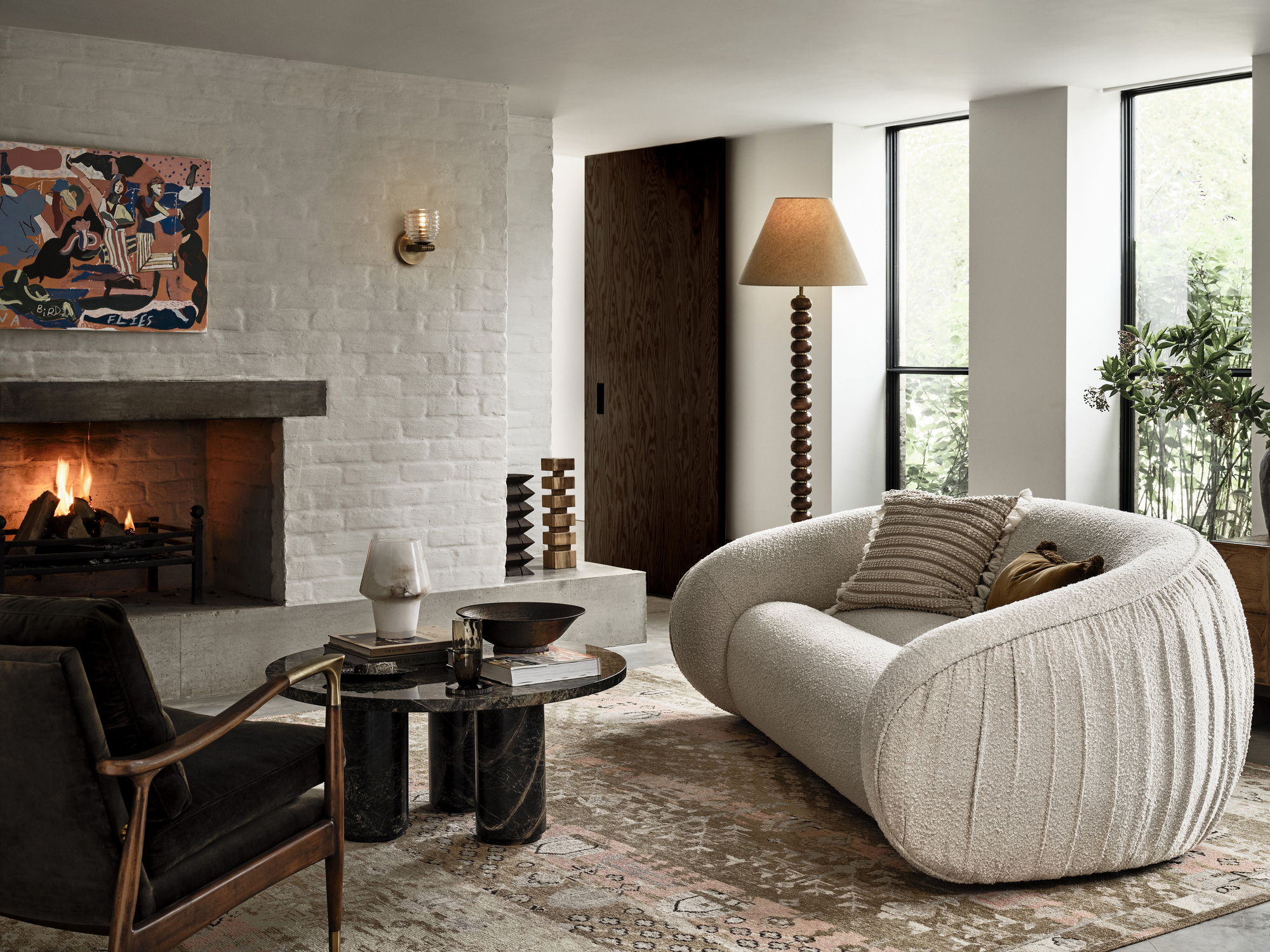
One surefire way to brighten a dark room is through lighting, but not necessarily just one central overhead light source. A room is all the more enticing and feels brighter when you supplement the overhead light with multiple different light sources. 'We will add energy-efficient lighting in many forms to a space,' says Sashya. When it comes to how many lights you should have in a space, 'a combination of recessed, sconces and floor lamps allows the user to set the tone,' she adds.
Think of table lamps, floor lamps and ample light for various tasks that you might undertake in the room. You may want a cozy corner armchair with a task light or wall lights to add to the glow.
'Invest in a good pair of matching table lamps preferably with two matching mirrors behind, to reflect and double the light,' recommends Emma Deterding of Kelling Designs.
Also consider hiding concealed LED lighting to light up a dark corner, either on the ceiling or in the corner where the wall meets the floor. You might also want to think about using the light of flickering flames to help create an extra layer of light in your room. A fireplace will further cast a beautiful golden glow around a dark room.
Atollo metal table lamp, Lumens
I love this cute little mushroom-like table lamp that will beautifully light a cozy corner. What's more, the glimmer of metal will help further bounce light around a small and dark space.
7. Ditch heavy curtains for sheer material

In a dark room, do away with the thick floor-length curtains that can make the room feel all the darker, moodier and colder, and invest in a sheer curtain for a modern window treatment. Good quality sheer curtains will encourage light to come in and filter beautifully through the material, without fully blocking it and making the space feel small and dark. 'Luminous sheer drapery when you have large windows and need privacy but don't want to compromise on natural light flooding in are a great design idea,' says Sashya. The result is dream-like and glowy.
'Running your curtains from wall to wall so when they are open they sit along the wall exposing the full window is allows maximin light into the room, this also gives a clean seamless look to the room,' adds Becky.
8. Include metallic and glimmers of gold

Think about how you can reflect the light in quick, easy wins, like the use of reflective, metallic materials that reflect any light. This can be the form of any object, from details on light fixtures, to the legs of a coffee table. Metallic material is your friend in a dark room, and has been used beautifully in this modern bedroom from Bethan Gray.
'I have incorporated gold in my bedroom collection through the detailed metal patterning, of brass, copper or nickel, on my chests, cabinets and headboard. These gold accents bring that touch of glamour and opulence into the bedroom, to create a luxurious and elegant space. While gold is a more pronounced and stand-out colour, I think the beauty of it is that it also harmonises and enhances other colours in a space - my gold accents look particularly gorgeous against the blue ombre of my Nizwa cabinets and headboards,' she says.
Solador Round Gold Metal Tray, La Redoute
Add this gold metal tray to a coffee table top or on a bedside table to bright a metallic shine to a dark room
9. Go for a gloss paint

Gloss is another way to help create a reflective effect in a dark room. Levels of sheen range from semi-gloss to high-gloss, but it’s the latter that tends to steal the spotlight when it comes to paint ideas.
With an effect similar to lacquer, a high-gloss paint surface can appear almost like glass, the result being dramatic, highlighting shadows and creating contrast. In this example from Kate Ridder, an Upper East Side dining room has been transformed with a high-gloss finish.
10. Use LED lights
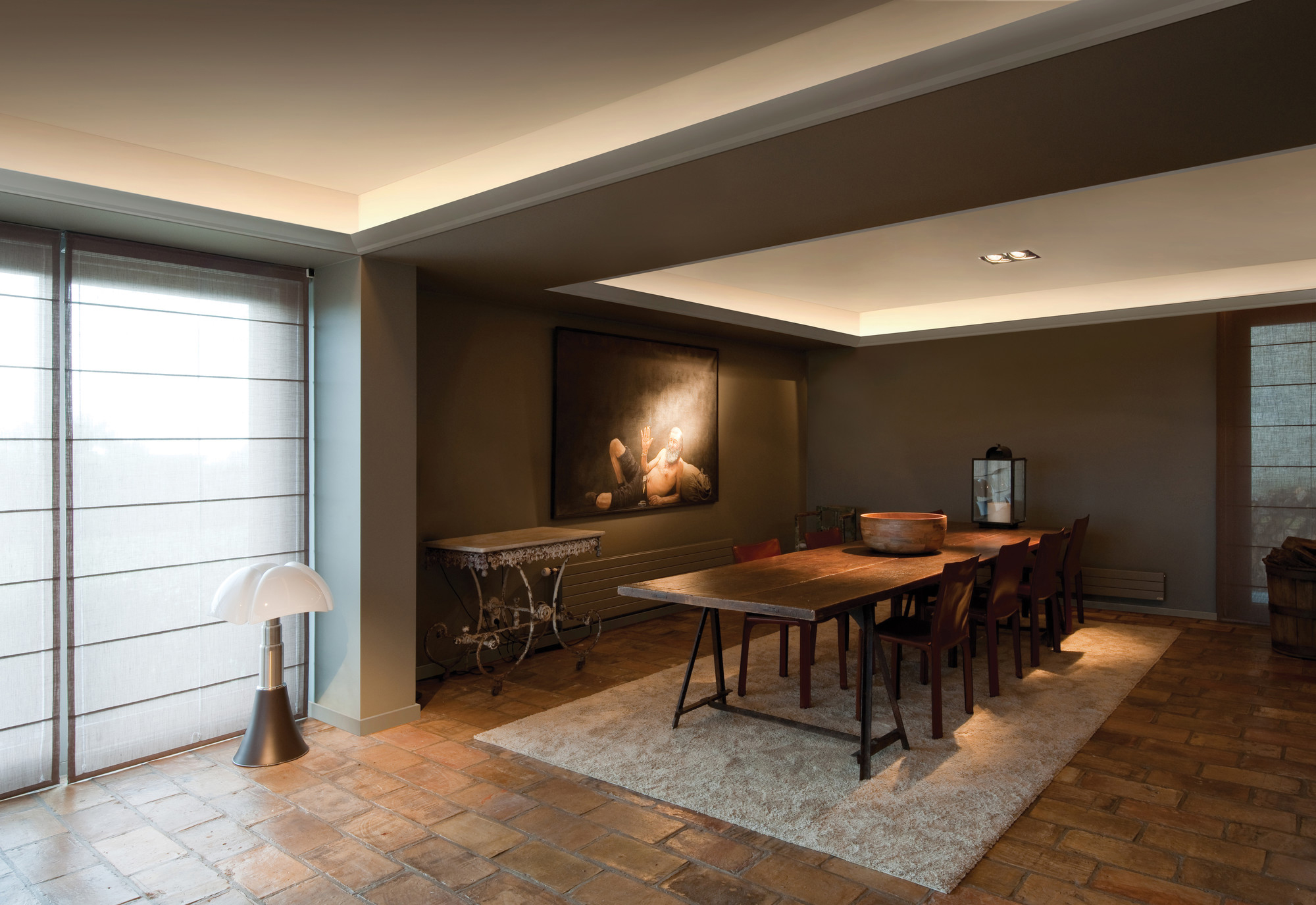
LED lights are a smart way of lightening a dark room, with a strip of LED that lines the junction between the wall and the ceiling, or the wall and the floor, and casting light onto the walls.
Make sure to keep your LED light strip concealed and discreet, and rest assured that it will still brighten the space. Hide your strip in the crown molding details or you can place a film over the top to disperse the light evenly. The result is architecturally spectacular but is actually really easy to achieve with a bit of home DIY.

Former content editor at Livingetc.com, Oonagh is an expert at spotting the interior trends that are making waves in the design world. She has written a mix of everything from home tours to news, long-form features to design idea pieces, as well as having frequently been featured in the monthly print magazine. She is the go-to for design advice in the home. Previously, she worked on a London property title, producing long-read interiors features, style pages and conducting interviews with a range of famous faces from the UK interiors scene, from Kit Kemp to Robert Kime. In doing so, she has developed a keen interest in London's historical architecture and the city's distinct tastemakers paving the way in the world of interiors.
